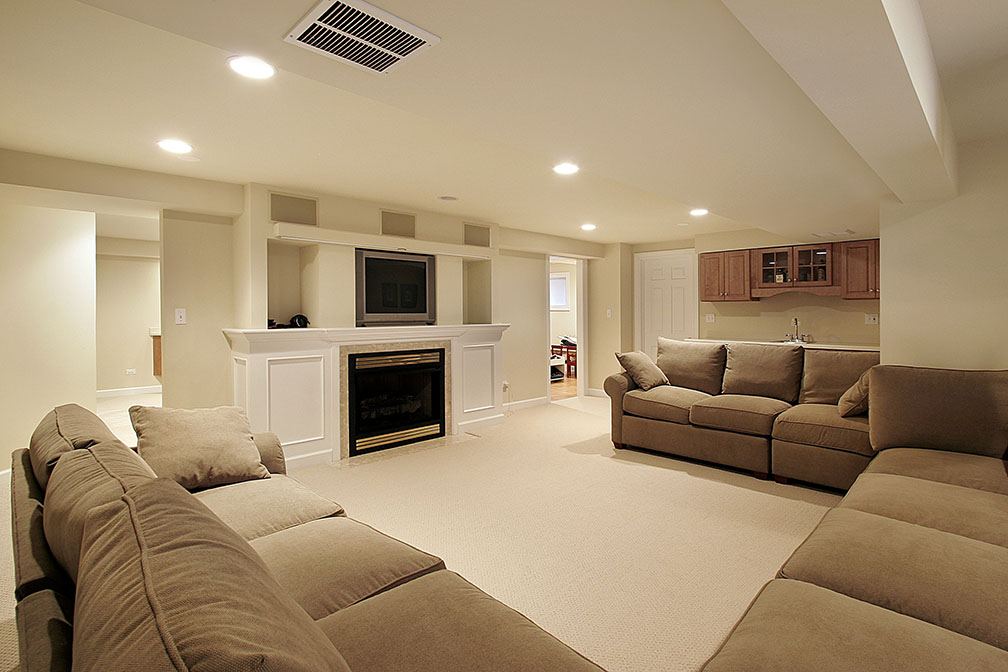Case-Shiller Home Price Growth Ticks Upward in November Reading
 Home prices increased in November, with national home prices up 0.70 percent month-to-month and 6.20 percent higher year-over year. Case-Shiller’s 20-City Home Price Index rose by 0.70 percent in the three-month period ending in November; nationally, home prices grew 6.20 percent year-over-year.
Home prices increased in November, with national home prices up 0.70 percent month-to-month and 6.20 percent higher year-over year. Case-Shiller’s 20-City Home Price Index rose by 0.70 percent in the three-month period ending in November; nationally, home prices grew 6.20 percent year-over-year.
Seattle, Washington held first place in home price growth with a year-over-year increase of 12.70 percent. Las Vegas, Nevada home prices followed with year-over-year home price growth of 10.60 percent. San Francisco, California home prices grew by 9.10 percent year-over-year. Slim supplies of homes for sale drove rising home prices and sidelined would-be borrowers as affordability remained out of reach.
Home Prices Get a Pre-Recession Do-Over in Some Cities
David M. Blitzer, Chairman of the S&P Dow Jones Indices Committee, said that Los Angeles and San Diego, California along with Las Vegas, Nevada and Miami, Florida are repeating fast-paced price gains that they had prior to the recession.
Mortgage Rates, Building Costs Impact Supply of Homes and Affordability
Combined effects of high mortgage rates and rapidly rising home prices could dampen buyer enthusiasm over time, but the time-worn proclamation that what goes up must come down has not applied to home prices in high demand metro areas. Home buyers may rush to close their home loans before rates rise, but more buyers may delay buying a home due to few options, higher home prices and rising rates.
Lower taxes and rising wages may encourage renters to buy homes, but home prices continued to outstrip income for many potential buyers.
Building more homes is the only relief in sight for low inventories of homes for sale, but builders face rising materials costs, shortages of lots suitable for building and insufficient workers. Other factors impacting home building and buying homes include poor weather in some areas during December, and further shortages of homes caused by natural disasters in 2017.
2018 may see high-priced local areas develop affordable homeownership programs as current prices continue to rise above interested buyers’ financial resources.

 Are you ready to join the ranks of homeowners in our local community? Congratulations – homeownership is a big step towards building your net worth and financial freedom. However, it is also a significant transaction that will affect your finances for the foreseeable future. Let’s take a look at a quick four-step checklist that will help you to get ready to buy a home with a mortgage in 2018.
Are you ready to join the ranks of homeowners in our local community? Congratulations – homeownership is a big step towards building your net worth and financial freedom. However, it is also a significant transaction that will affect your finances for the foreseeable future. Let’s take a look at a quick four-step checklist that will help you to get ready to buy a home with a mortgage in 2018. Last week’s economic releases included readings on pending home sales, Case-Shiller Home Price Indices and construction spending. The Federal Open Market Committee of the Federal Reserve released its monthly statement and weekly readings on mortgage rates and new jobless claims were released. Last week’s economic readings wrapped with a report on consumer confidence.
Last week’s economic releases included readings on pending home sales, Case-Shiller Home Price Indices and construction spending. The Federal Open Market Committee of the Federal Reserve released its monthly statement and weekly readings on mortgage rates and new jobless claims were released. Last week’s economic readings wrapped with a report on consumer confidence. Are you in the market for a new home? If you are considering a mortgage, you may be curious about mortgage insurance, commonly referred to as PMI or MI. Let’s explore the topic of mortgage insurance, including how it works to reduce risk and how it benefits you as the mortgage borrower.
Are you in the market for a new home? If you are considering a mortgage, you may be curious about mortgage insurance, commonly referred to as PMI or MI. Let’s explore the topic of mortgage insurance, including how it works to reduce risk and how it benefits you as the mortgage borrower. Do you have an empty basement or separated suite in your home? If you have a suite sitting empty, you are missing out on collecting some extra monthly income in the form of rent. Let’s take a look at a quick four-step process that will help you find the perfect tenant to rent out your basement suite.
Do you have an empty basement or separated suite in your home? If you have a suite sitting empty, you are missing out on collecting some extra monthly income in the form of rent. Let’s take a look at a quick four-step process that will help you find the perfect tenant to rent out your basement suite.